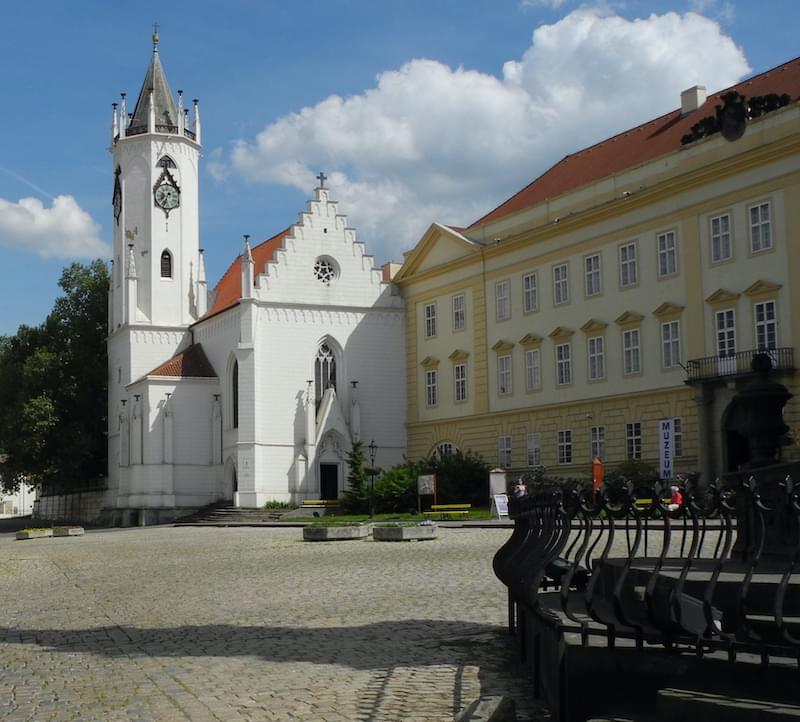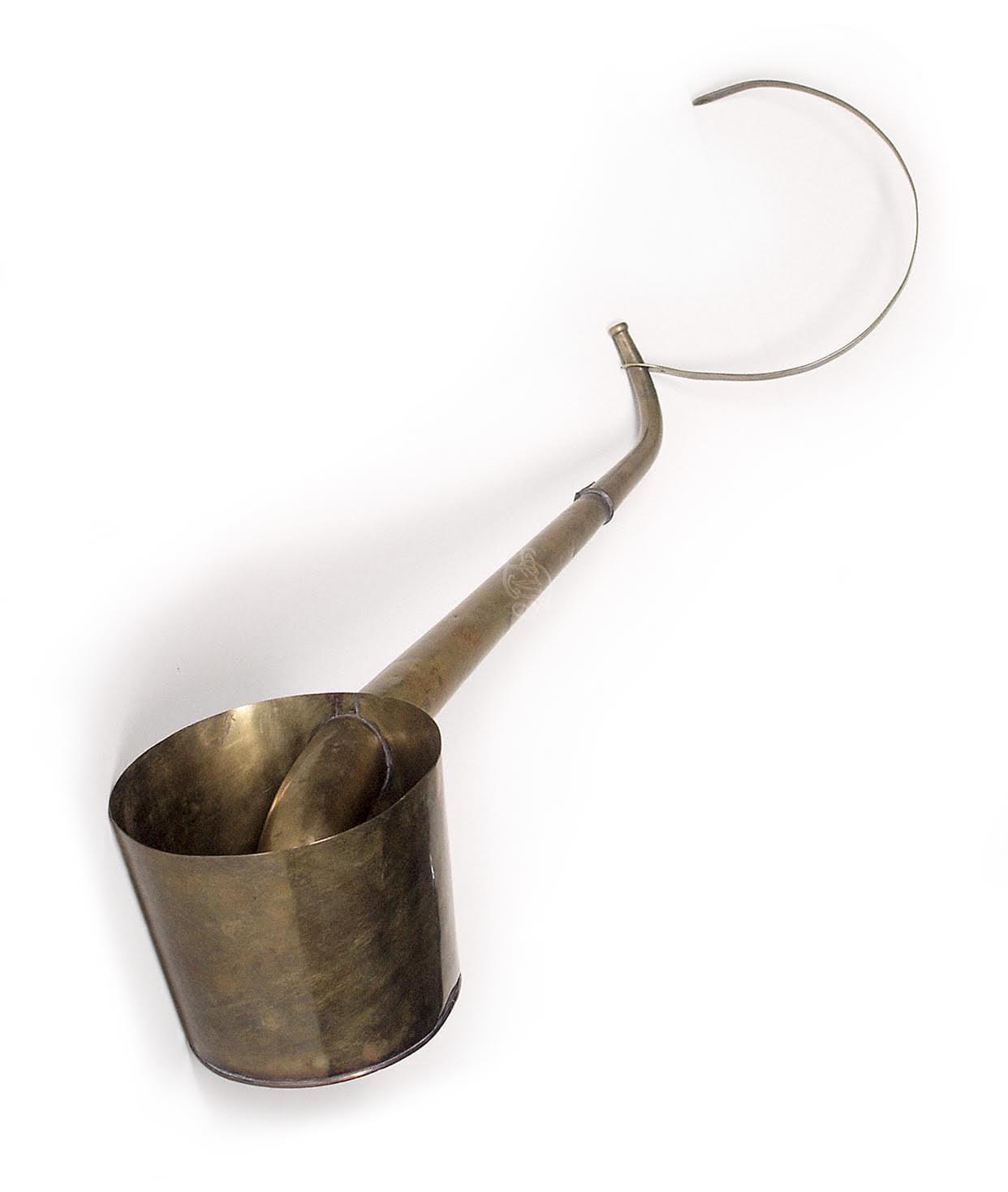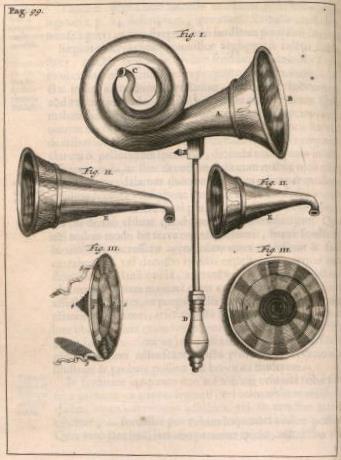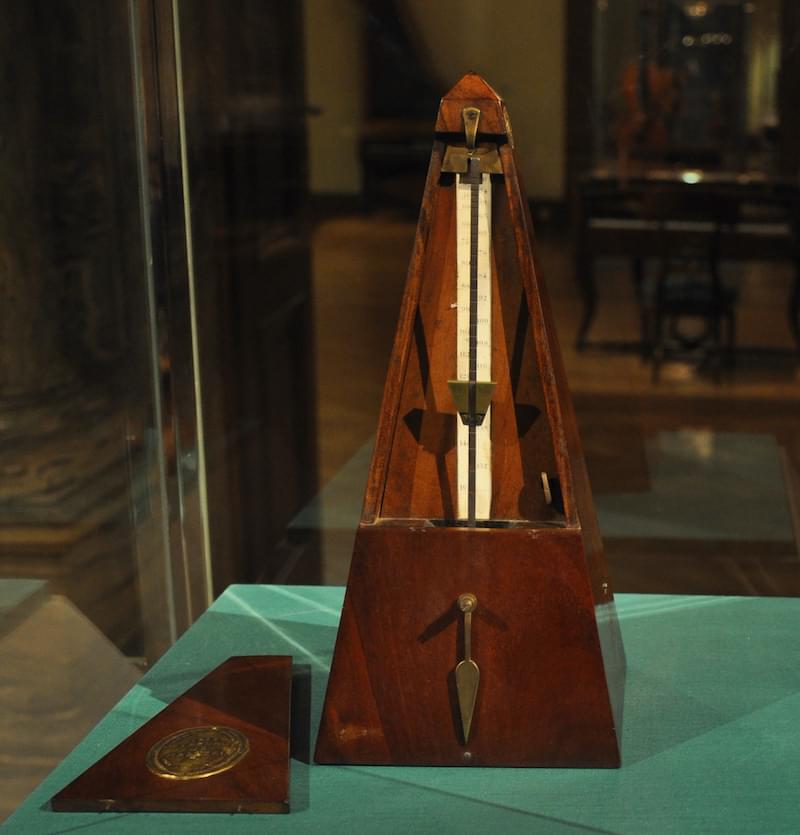Search & Discover
Story 6
Vienna Woods

The woods surrounding Vienna were among Beethoven’s favorite places to walk. You can imagine him enjoying the peace and beauty. And perhaps taking out a notebook to write a rhythm or a melody.
You can take that walk with Beethoven. Maybe you’ll be inspired, too!
Summer Time!
Beethoven also liked to spend his summers in smaller country towns outside Vienna. His purpose was to enjoy the restfulness of the open landscape. But the towns he visited, like Heiligenstadt, Teplitz, and Mödling, were also resorts. They offered spas, thermal baths, wineries, and comfortable housing.
Many Viennese and Germans also summered in these places. Beethoven, therefore, could enjoy the quiet, take advantage of the healing baths, enjoy good food and wine, and also spend time in lively company. Sometimes his friends spent their summers in the same towns. Sometimes Beethoven met new people. There were many reasons to escape Vienna!

What did you say?
Beethoven was in his twenties when he began experiencing constant ringing and buzzing in his ears. He consulted doctors, but little was known at the time about treating hearing disorders. In a letter he wrote to his Bonn friend when he was 31, he said he tried different remedies: almond oil solutions, cold baths, then lukewarm baths. None helped. “I have been avoiding all the social functions, simply because I feel incapable of telling people: I am deaf.”


For centuries the only remedy for hearing loss was the use of
hollowed-out animal horns, especially from rams and cattle. It took
until the 18th century for scientists to develop “ear trumpets.”
These were funnel-shaped tubes inserted into the ear canal that were
meant to collect and direct sounds into the ear. There were
different shapes and sizes, but most of them were bulky and awkward
to use.
Beethoven tried different types of ear trumpets. Friends, students,
relatives, and housekeepers often had to shout into his ear trumpet
in order to communicate with him. He even tried attaching a metal
sound amplifier to his piano, and then held up his ear trumpet to
the amplifier. Most of these devices didn’t help much, if at all.
Ear trumpets that Beethoven used
are now in the Beethoven-Haus in Bonn.
Just in Time

In the summer of 1813 Beethoven was in a depressed mood. Johann
Nepomuk Maelzel, an inventor and showman, suggested that they work
together to produce a piece using one of Maelzel’s “living
machines.” This machine, a Panharmonicon, was a mechanical orchestra
that imitated strings, brass, winds, and percussion. Beethoven wrote
the music, the piece now known as Wellington’s Victory. It
was a huge success!
As part of their new friendship Maelzel created several new ear
trumpets for Beethoven. Some were simple, some more elaborate. The
ear trumpets shown in the Beethoven-Haus link were those made
by Maelzel.
Beethoven often visited Maelzel’s workshop, curious about his many
inventions. One of these, something Maelzel called a chronometer, was
especially interesting. It was designed to help musicians indicate
exact speeds. Words suggesting tempos, like Allegro and Andante could
be replaced by using a device that would tick evenly to demonstrate
exactly how fast or slow a composer wanted the music to go.
The name of
this new time-keeper
was changed when Maelzel took out a patent: “Instrument/Machine for
the Improvement of all Musical Performance, called Metronome.”
Beethoven decided to use the metronome to indicate a more exact tempo
in his own music.
When you see M.M.
= 60 in your music today, the M.M. stands for
Maelzel’s Metronome.